Our Services
The Stickleback Stock Center is the first stock center supplying threespine stickleback (Gasterosteus aculeatus) and associated microbes to the international research community. This nonprofit center provides live organisms and advice to support research and education concerning stickleback. Offerings include:
Stickleback eggs from lab-raised parents, derived from ecologically and geographically diverse natural populations.
Microinjection of eggs (e.g., for custom CRISPR/cas9 transgenesis)
Lab-raised adult stickleback
A library of microbes derived from wild stickleback gut microbiomes
Parasites for experimental infection and immunology studies, including Schistocephalus solidus (and their copepod primary host), and Glugea
Cell cultures (coming soon)
Advice and protocols for stickleback husbandry, field protocols, and lab protocols
Add ons
We offer stickleback for research descended from populations across the world and diverse habitats (anadromous and freshwater). For information about the available live populations, consult our Populations page.
Researchers can purchase adults from our populations pending availability.
We also offer egg clutches with the opportunity for specified genetic modifications.
We provide a variety of stickleback associated microbes and parasites.
Cell cultures, tissue samples, DNA, and RNA may be available upon request.
Why work with stickleback?
A popular model organism
Stickleback have been used for research for over 150 years, in diverse fields including genetics, behavior, evolution, immunology, neurobiology, toxicology, ecology, development, microbiology, and more.
Genetic and phenotypic diversity
Stickleback inhabit diverse marine and freshwater environments across three continents. They adapt rapidly to their local environment, providing exceptional natural genetic variation among populations, for many traits.
Genomic resources
Stickleback have a high quality reference genome , thousands of resequenced genomes from diverse populations, gene annotations, transcriptomes, single-cell RNAseq, methylation datasets, and more.
Tractability
Stickleback are hearty and easy to rear in the laboratory. They generate large clutches for research replication and can be bred in vitro for genetic crosses. There are established protocols for husbandry, lab experiments, and field experiments.
Replication
After the ice age, marine stickleback colonized and adapted to newly available freshwater habitats. Each river basin is an biological replicate of this evolution, while ancestral traits persist in the oceanic populations.
Transgenics
Stickleback can be genetically manipulated using microinjection of CRISPR/cas9 into early stage embryos, nucleoporation in cell cultures, or viral transgenesis in adult brains.
Field research
Stickleback are abundant in many natural populations, making it easy to conduct field research to validate or contextualize lab research results. They interact with a diversity of microbes and parasites.
Community
The stickleback research community welcomes new researchers and collaborations. There is an approximately triennial international stickleback meeting.
Protocols
Upcoming Workshops
Head to our Workshops Page to let us know about events your team would like to see from the stock center!
Join the stickleback Slack channel!
Researchers across the world are participating in the free resource sharing, idea gathering, and more! Join the conversation at #stickleslack
Note: We recently merged to UC Riverside’s platform to allow for unlimited saving of questions, answers, and direct messages! You will login as a guest for UCR’s page, ask to change your password, and set up 2 factor authorization (this can be turned off after you login).




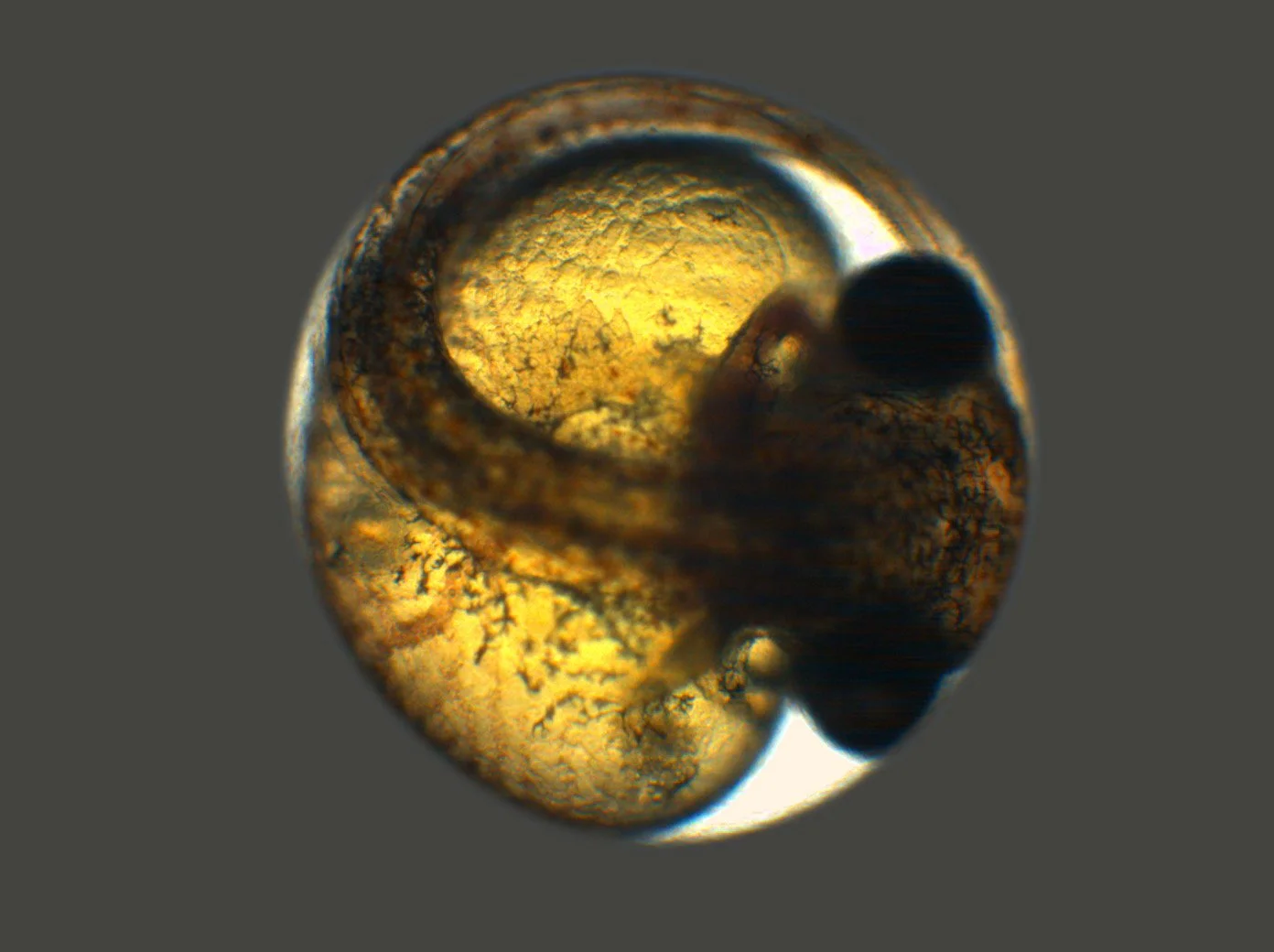
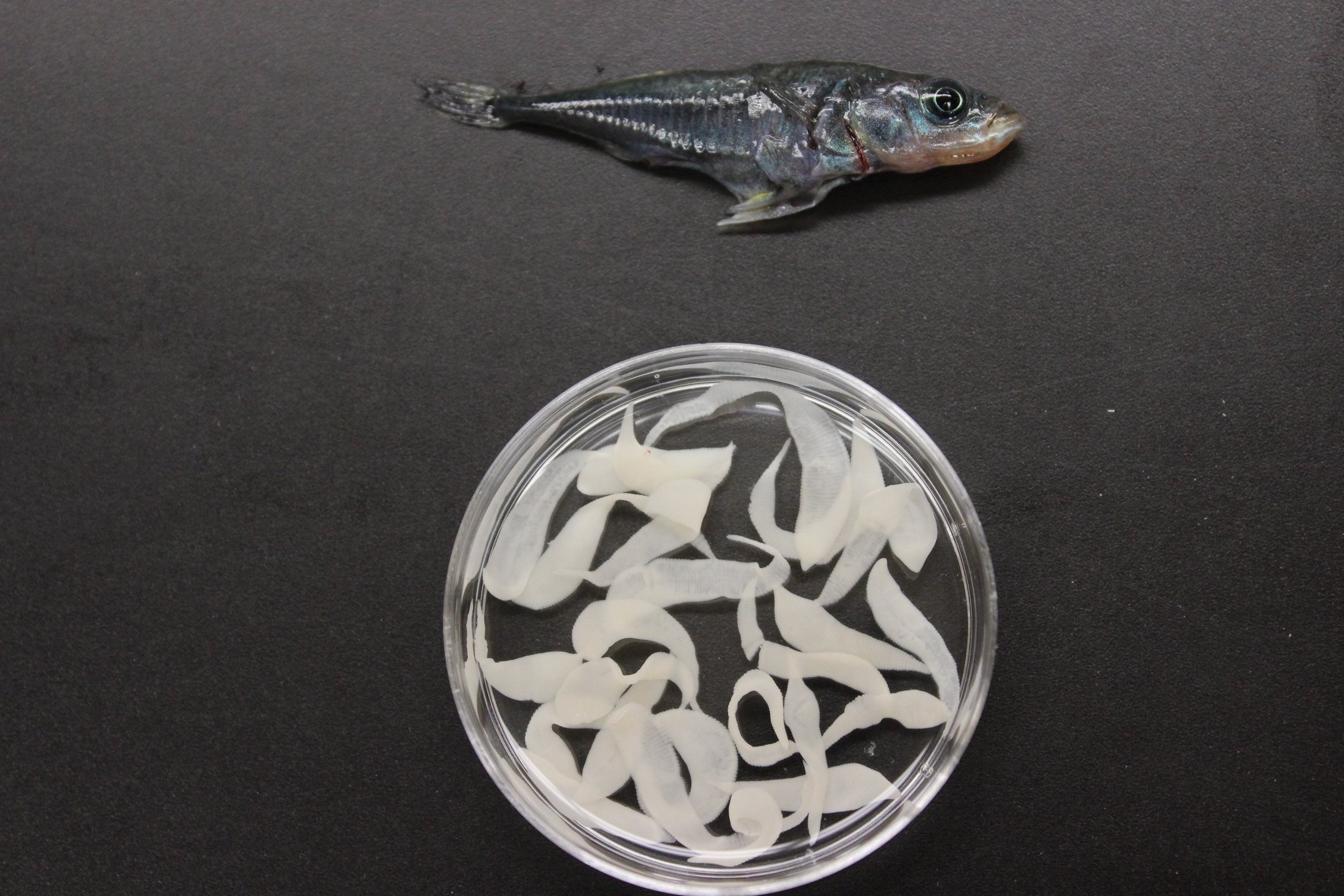




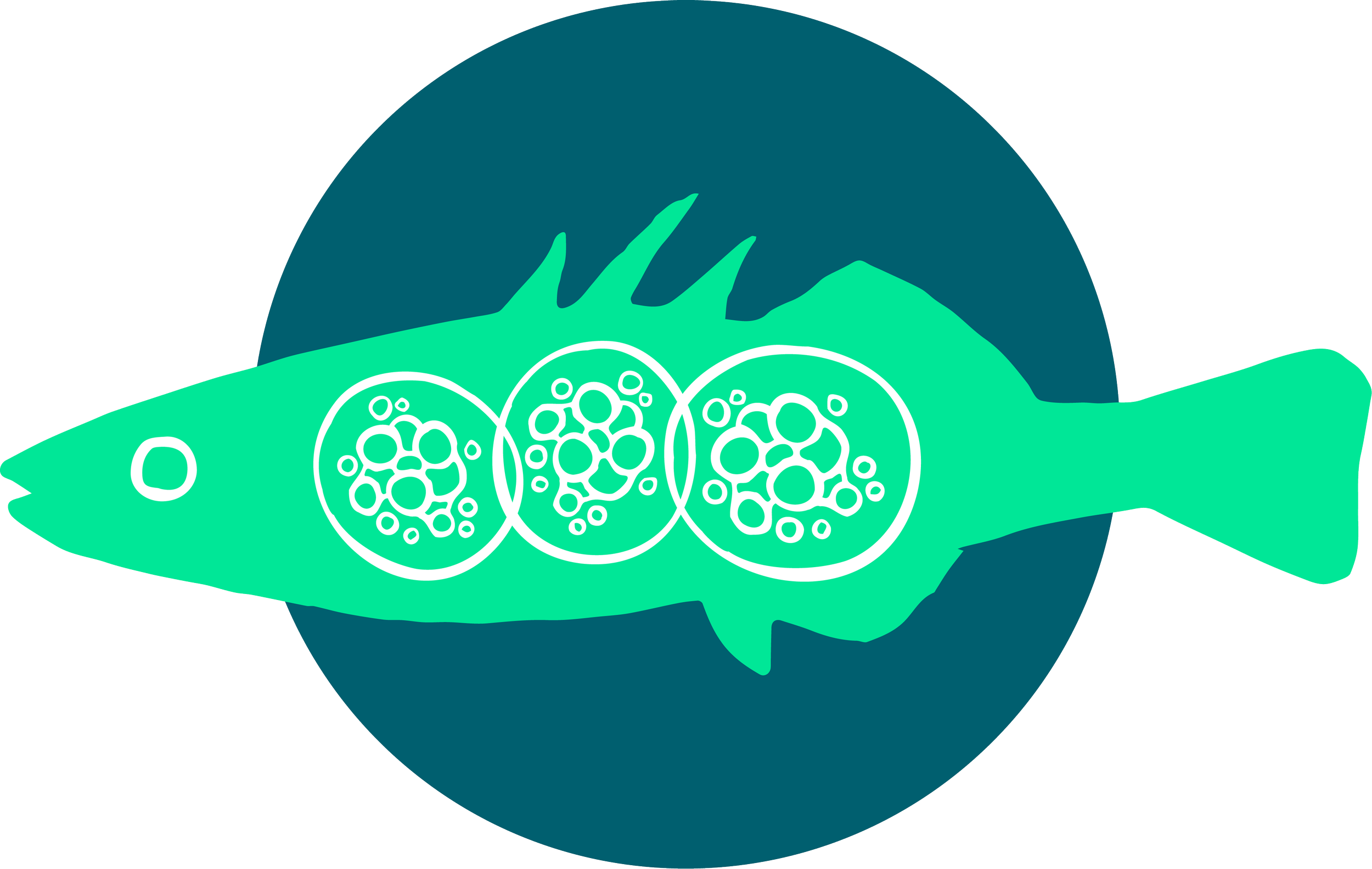


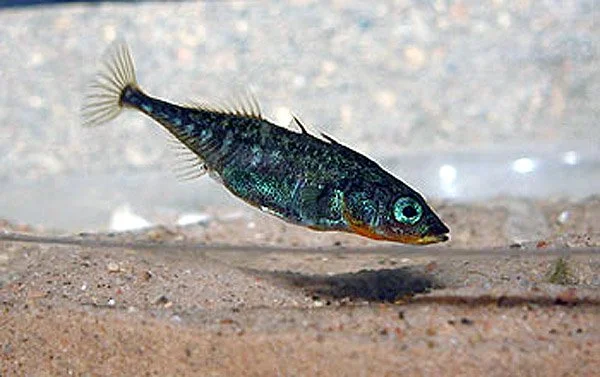



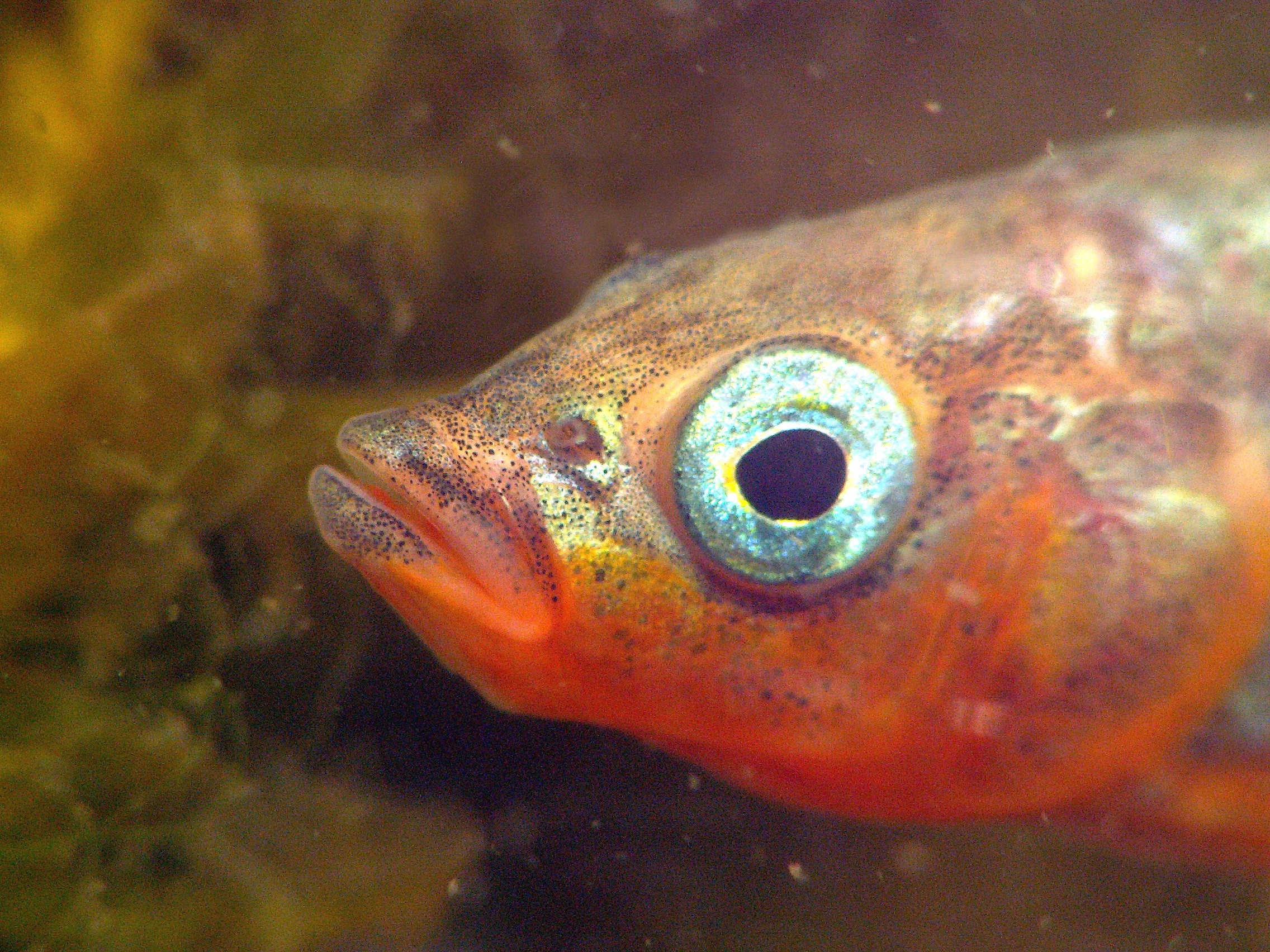
This item is NON-SPECIFIC in the sex of the animal you will receive. Please refer to Adult Male or Adult Female if you wish to purchase specific sex(es) of fish for your research. You have the option to select which population your adults will come from when placing the order.